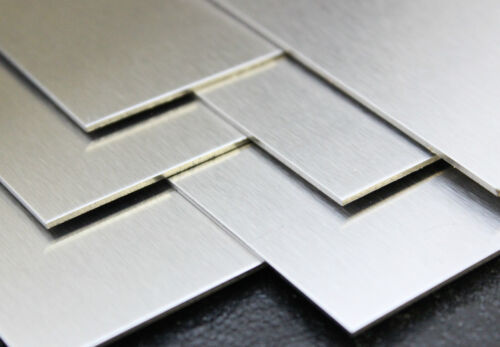Stainless steel is defined as an iron alloy with a minimum of 10.5% chromium. Other alloying elements are added to enhance its structure and properties, but fundamentally, stainless steel is considered to be the steel of choice for corrosion resistance.
Economically, they can compete with higher-cost engineered metals and nickel- or titanium-based alloys, while offering a range of corrosion resistance properties suitable for a variety of applications. They have better strength than most polymer products (GRP), are easily repairable and recyclable at the end of their useful life.
When considering stainless steel, the most important characteristics are: corrosion resistance (or oxidation resistance), mechanical and physical properties, available forming, fabrication and joining techniques, environment and material cost (including total life cycle cost). The basic approach is to choose the lowest possible cost, but the desired corrosion resistance. Other considerations such as strength and hardenability are secondary.
The unique self-healing oxidized surface layer on stainless steel is due to the presence of chromium. Commercial grades have a chromium content of at least about 11%. These can be ferrite or martensite, depending on the control of the carbon range. The addition of chromium improves corrosion and oxidation resistance, so the 17% Cr430 (1.4016) ferrite is expected to be improved over the "410S" (1.4000) type. Similarly, 15% Cr martensite 431 (1.4057) has better corrosion resistance than 12% Cr 420 (1.4021/1.4028) types.

Chromium content exceeding 20% can improve the corrosion resistance of duplex and high alloy austenite, and is also the basis for the good high temperature oxidation resistance of ferritic and austenitic heat-resistant steels, such as the rather rare ferritic 446 (25 %Cr) or the more widely used 25% Cr, 20% nickel (Ni) austenitic 310 (1.4845) grades.
Nickel (Ni) extends the range of environments that stainless steel can "handle" in addition to this basic "rule". 2% Ni added to 431 (1.4057) martensitic type improves corrosion resistance, but its main purpose is to improve the impact toughness of the steel. About 4.5% to 6.5% Ni is added when forming the duplex type. Austenite ranges from about 7% to over 20%.
However, corrosion resistance is not only related to nickel levels. It is wrong to assume that 304 (1.4301) with 8% Ni therefore has better corrosion resistance, i.e. 1.4462 duplex stainless steel with only 5% Ni.
More specific alloy additions are also for the purpose of improving corrosion resistance. These include molybdenum (Mo) and nitrogen (N) for resistance to pitting and crevice corrosion. There are 316 main types of Mo-type austenite. Many existing duplex stainless steel grades contain Mo and N additives.
Copper is also used to improve corrosion resistance in certain "common" but dangerous environments, such as the "intermediate" concentration range of sulfuric acid. Copper-containing grades include austenitic 904L (1.4539) type and some 25% Cr "super duplex" grades such as 1.4501 and 1.4507.